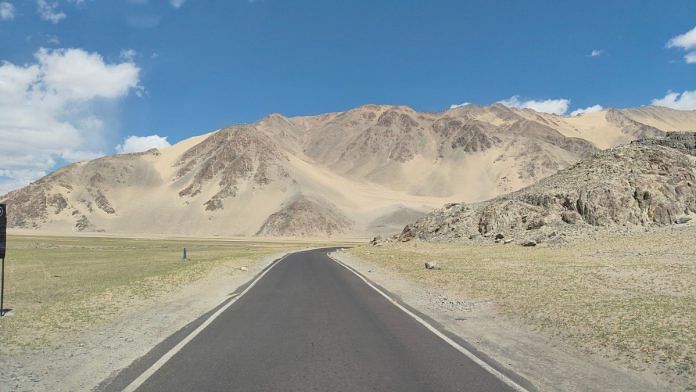Thank you dear subscribers, we are overwhelmed with your response.
Your Turn is a unique section from ThePrint featuring points of view from its subscribers. If you are a subscriber, have a point of view, please send it to us. If not, do subscribe here: https://englishdev.theprint.in/subscribe/
Tourism forms a critical part of India’s economy. According to Ministry of Tourism’s statistics for the year 2022, Tourism & Travel created more than 79 million direct & indirect jobs. Further it is estimated that India’s Tourism sector will grow at 7 to 9% CAGR (Compounded Annual Growth Rate) in the coming decade.
Let us first define sustainable Tourism. According to UN Tourism, Sustainable Tourism is defined as Tourism that takes full account of its current & future economic, social & environmental impacts, addressing the needs of visitors, industry, the environment & host communities. Sustainability principles refer to environmental, economic & socio-cultural aspects of Tourism development & suitable balance must be established between these three dimensions to guarantee long term Sustainability.
The onset of COVID 19 & the ensuring travel restrictions led to a dramatic contraction in the Tourism sector. The pandemic underscored the necessity for a more sustainable & resilient Tourism sector. There is a growing consensus on the need to balance economic objectives with social & environmental concerns.
As India’s Tourism sector is experiencing a resurgence, driven by an increase in domestic travel & a cautious return of international tourists, government is hard pressed to implement the regulations- the stark example being rolling back the cap on the number of pilgrims per day undertaking the Char Dham Yatra. This is even more important taking in to account the fragility of the Himalayas. Every tourist place, be it religious, wildlife or otherwise is overcrowded with tourists leading to a huge strain on the natural resources & increased pollution.
In the interest of providing an enabling environment to the tourists, one of the measures suggested is to cap the number of tourists per day based on the carrying capacity of each place. In this regard, it is pertinent to note that Centre for Cellular & Molecular Biology has pointed out in research paper about the increase in the level of stress hormones in tigers faced with increased tourists. Another measure that can be introduced on the lines of its successful implementation in Bhutan is levying a charge on every tourist per day, of which 50% is spent on restoring the environment & the remaining 50% goes to maintaining the local economy. Sustainable Tourism requires upfront investment in infrastructure, renewable energy sources & waste management practices.
In the long term, this investment will give the dividend of protecting the tourist place from environmental degradation & also serving the cause of local communities.
These pieces are being published as they have been received – they have not been edited/fact-checked by ThePrint


